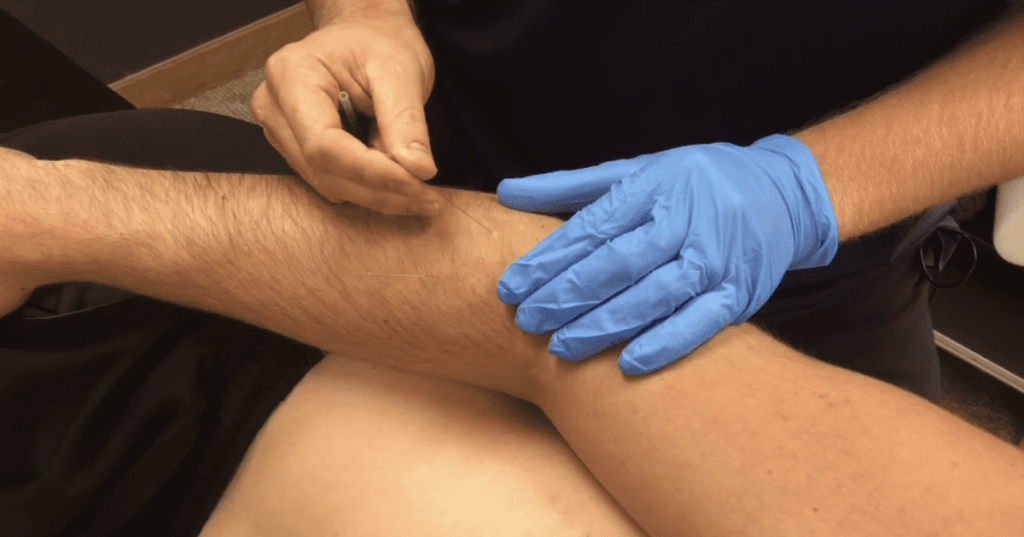Trending Now
As we age, aches and pains are just part of the package. We deal with them because, I mean, there’s not really another option – and it’s better than the alternative, which is not being around to experience anything at all, right?
Because of the fact that over 80% of US adults report specifically back pain, though, we’re always in search of new and better ways to manage pain – and one of the recent fads is called “dry needling.”
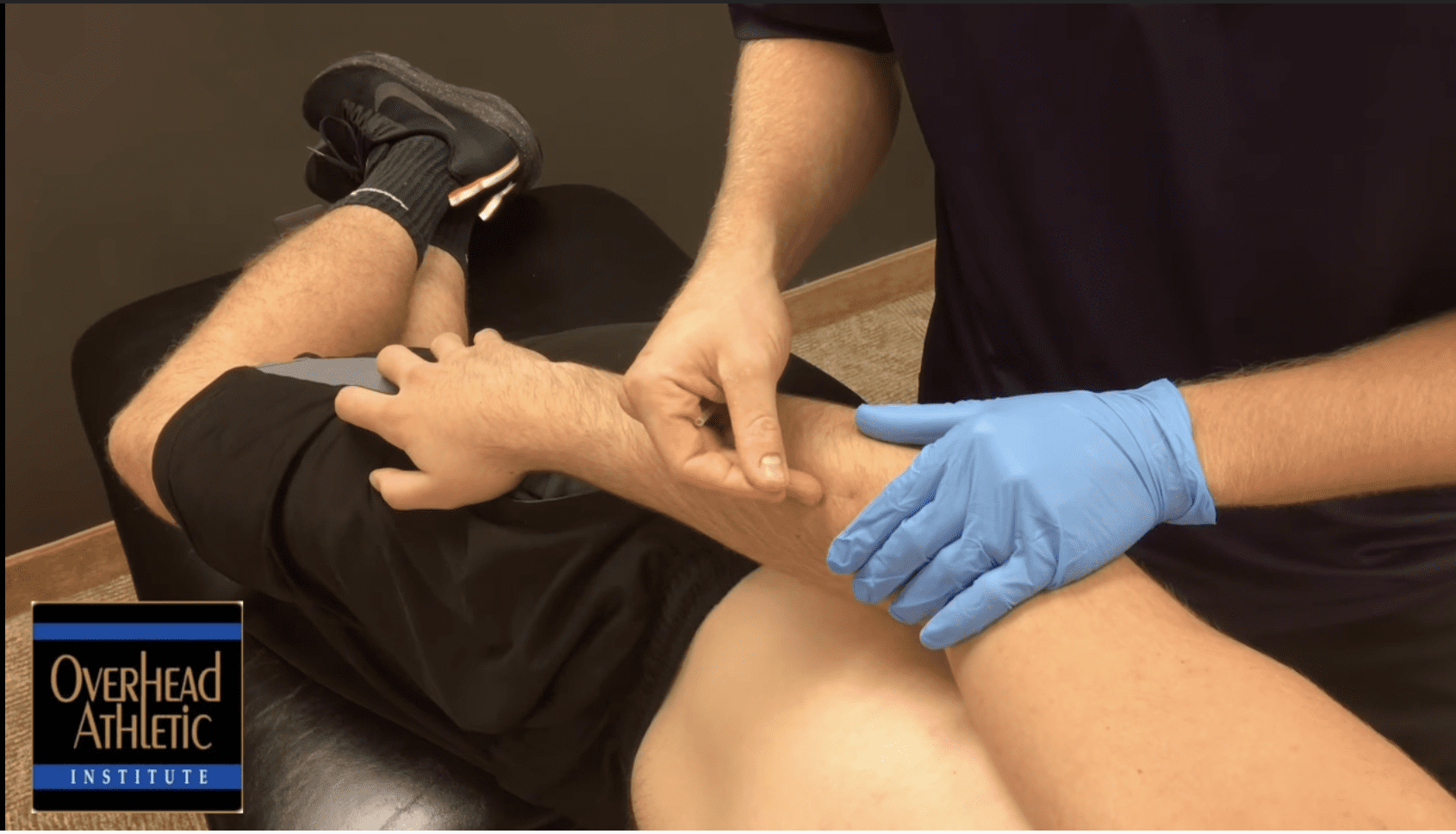
Image Credit: YouTube
Aaron Knighton, a gymnast who suffered a catastrophic back injury after a fall off the high bar, went on to pursue a doctorate degree in physical therapy. During his post-graduate training, he agreed to participate in a new physical therapy technique called “dry needling,” which involves a doctor inserting several needles into one’s back, attaching them to a battery, and then sending an electrical current through atrophied back muscles.
For Knighton, “it was as close to a medical miracle as you can get.”
“After almost two decades, the chronic pain was just gone and my strength and mobility came back, almost immediately. Not only did I feel better, but I discovered a powerful tool to better serve my patients. It changed my life.”
Now he’s a physical therapist in his own right, and practices the treatment on patients of his own.
What exactly is it, though, and how does it work?
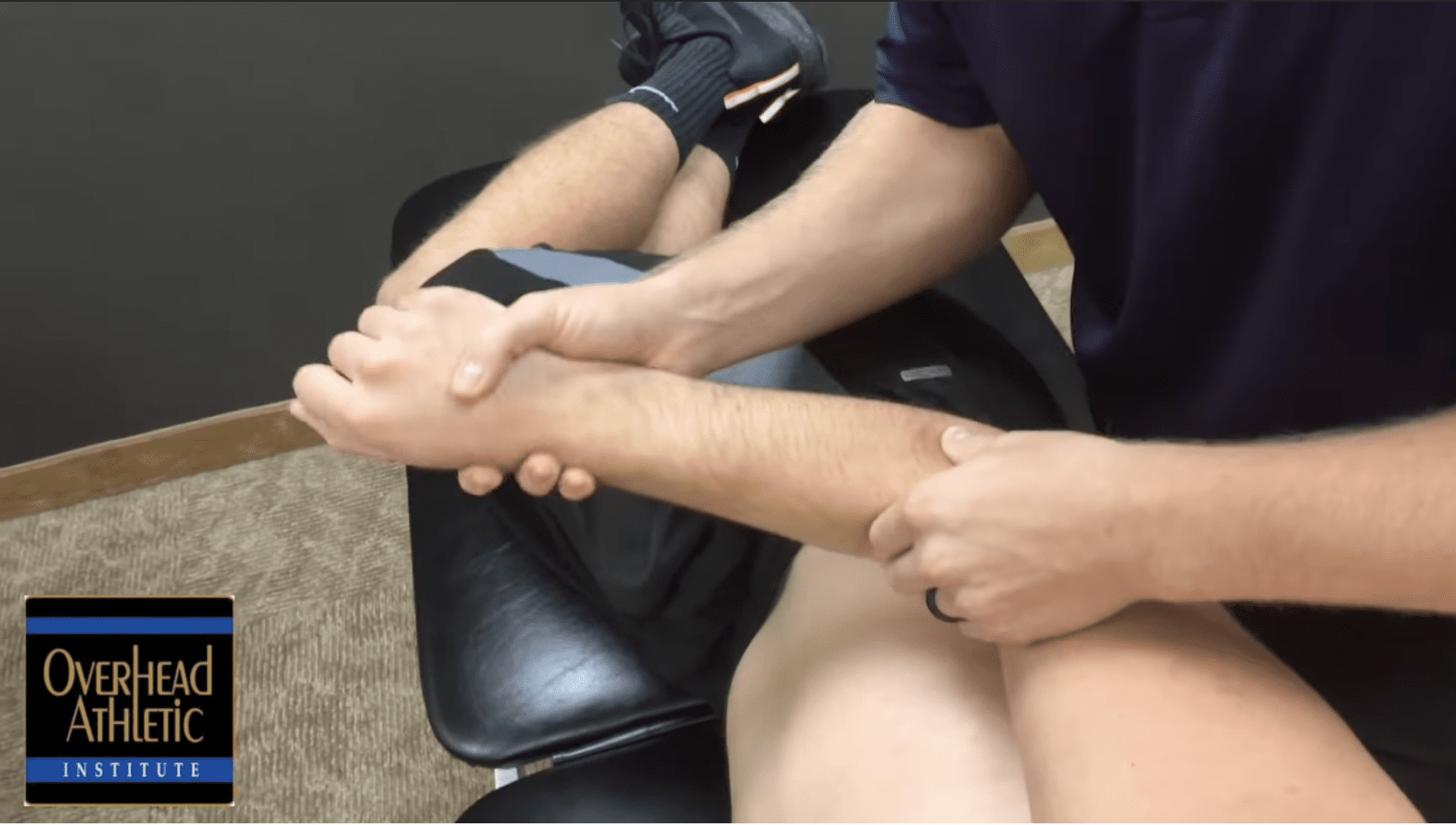
Image Credit: YouTube
Matt Briggs, who works as a physical therapist and holds a doctorate, explains a bit more.
“Dry needling consists of thin monofilament needles that are inserted directly into the tissue and manipulated to make the muscle relax for pain relief. The technique is used to treat dysfunctions in skeletal muscle and connective tissue to help diminish pain and reduce or restore impairments of body structure and function.”
Dry needling is similar in concept to acupuncture, where clean, separately packaged needles are injected into the skin without the use of anesthetic. They’re small, though, and most patients claim not to feel much at all.
If your “trigger points” are tender and inflamed, though, it might not be a painless procedure.
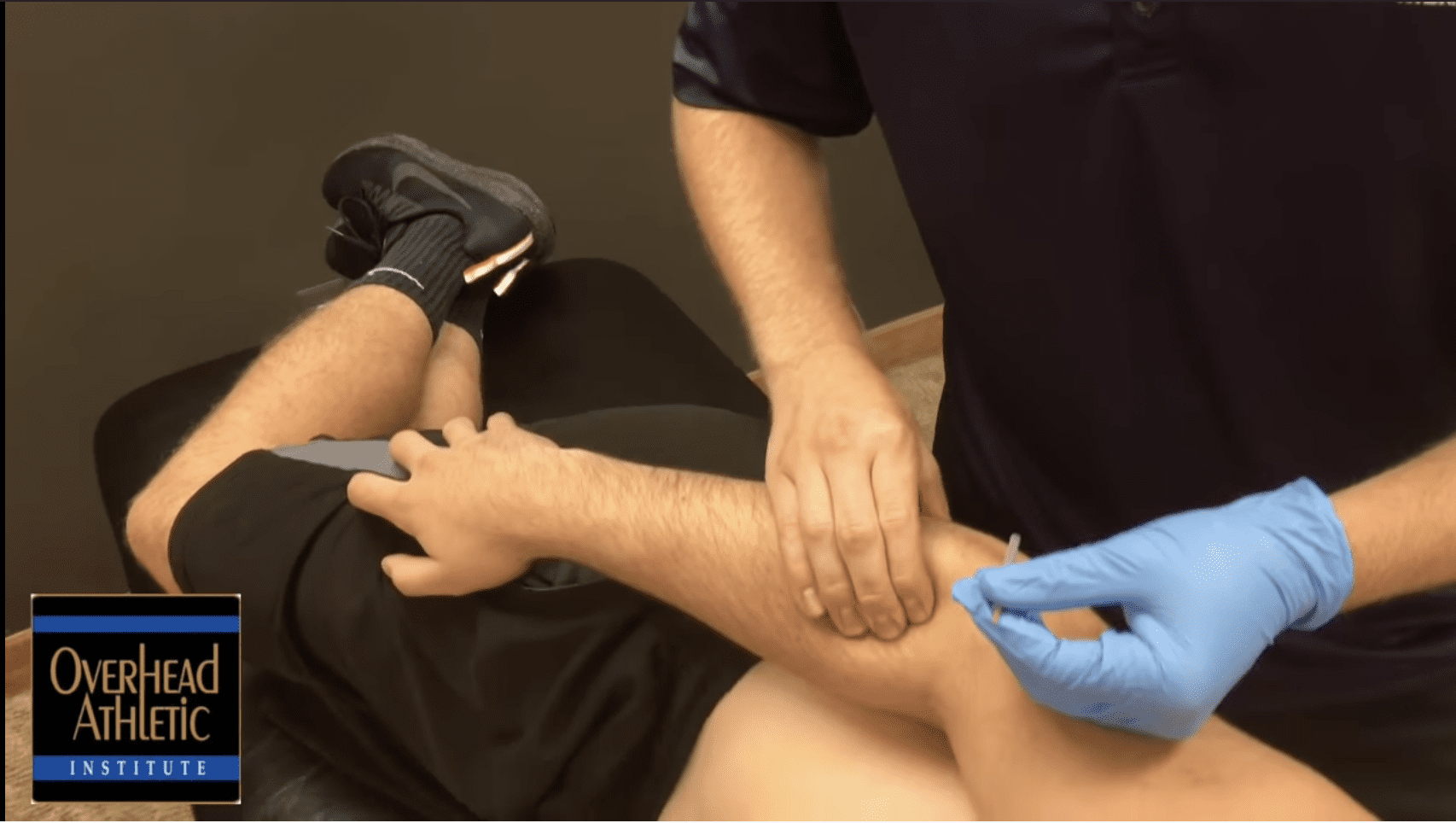
Image Credit: YouTube
Your physical therapist should be targeting “knots,” or spots of tight muscle fibers that can ball up after injuries or overuse. A good clinician can manipulate the trigger points until they loosen up and the muscles return to full function.
“Dry needling is essentially hitting a big red reset button on your muscles and your. nervous system in the area. It increases muscle oxygenation, reduces inflammation, and over time improves neuroplasticity – the way the brain communicates with the nerves and muscles.”
Some of the purported benefits of dry needling include pain relief, improved muscle and joint function, a speedier recovery from injury or surgery, and for athletes, performance enhancement.
You’re probably wondering by now whether or not it actually works, right?
According to Dr. Knighton and many others who have tried it, the answer is unequivocally yes.
“While some people may see benefits immediately, it takes most people three to four treatments to start seeing results. In addition, dry needling should always be used as part of a larger physical therapy plan, including targeted exercises, joint mobilization, and other interventions.”
There’s also some promising research to back this up, like this 2021 meta-analysis of 42 studies that were peer-reviewed and published in Physical Therapy.
It says dry needling had a “large effect” in decreasing musculoskeletal pain within 72 hours after treatment – an effect that continued 4-12 weeks later.
Another 2021 study, published in Acupuncture in Medicine,concluded that just a single session improved sensorimotor function, hypertonia, and overall quality of life for people who had had a stroke.
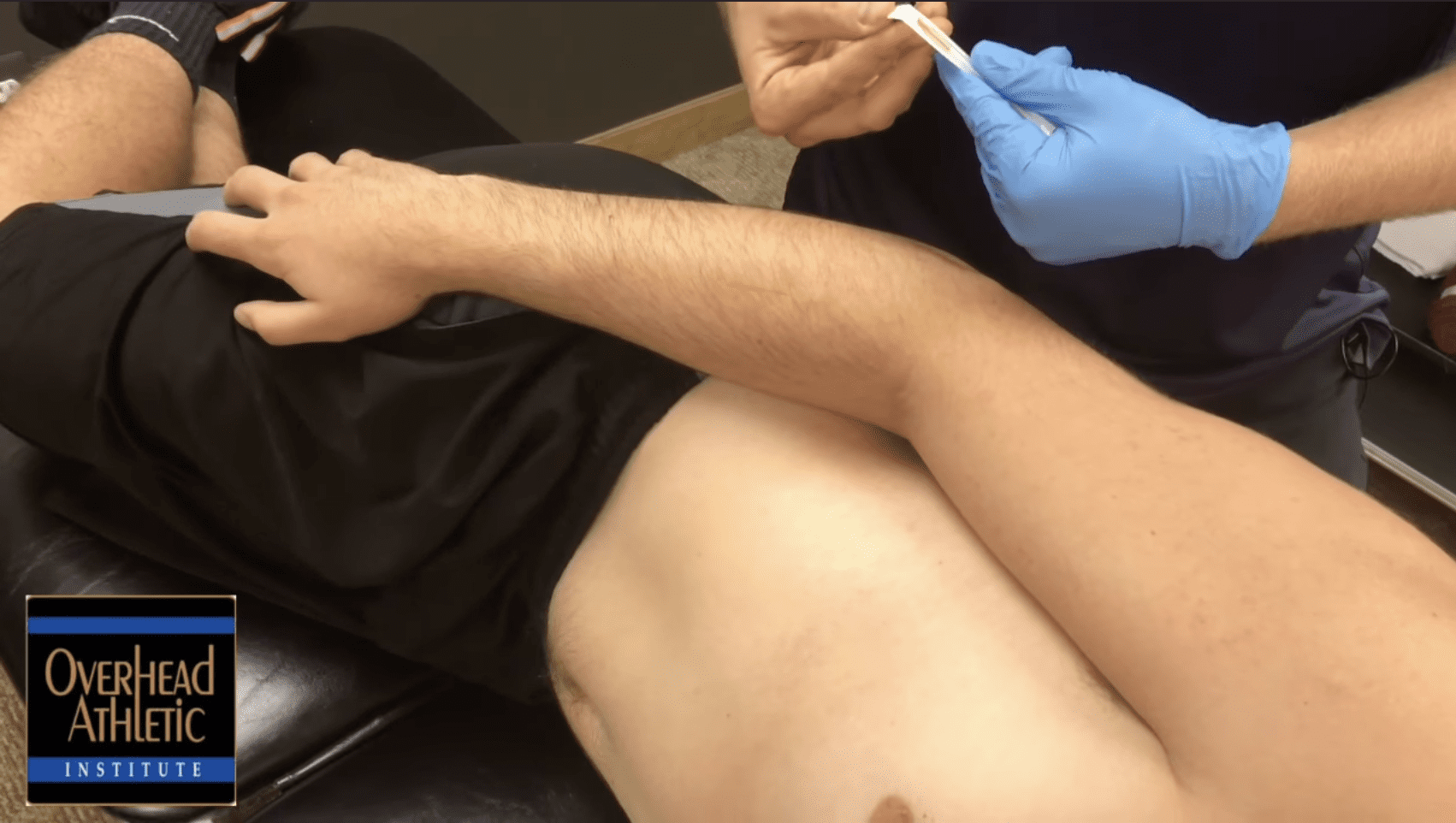
Image Credit: YouTube
Two other studies, one from 2020 in American Journal of Occupational Therapy and one meta-analysis from a 2017 edition of The Journal of Orthopedic and Sports Physical Therapy, both found the therapy to be legitimate and useful as well.
If you’re one of the thousands of people who have a fear of needles, Dr. Knighton says don’t discount the practice altogether just yet.
“If you’re nervous about any part of it, we need to know – so be honest about your fears with your doctor. This isn’t the time to just ‘gut through it.’ Ask lost of questions! Sometimes knowledge is the best remedy for fear. For instance, the needles are very, very thin – most people imagine something much bigger.”
Your clinician should also do their best to give you plenty of options for staying as comfortable as possible, including position, a support person, covering your eyes, and encouraging deep breathing techniques.
The most common side effects are feeling dizzy, shaky, or faint, or perhaps some redness, bruising, or swelling where the needles went into your skin.
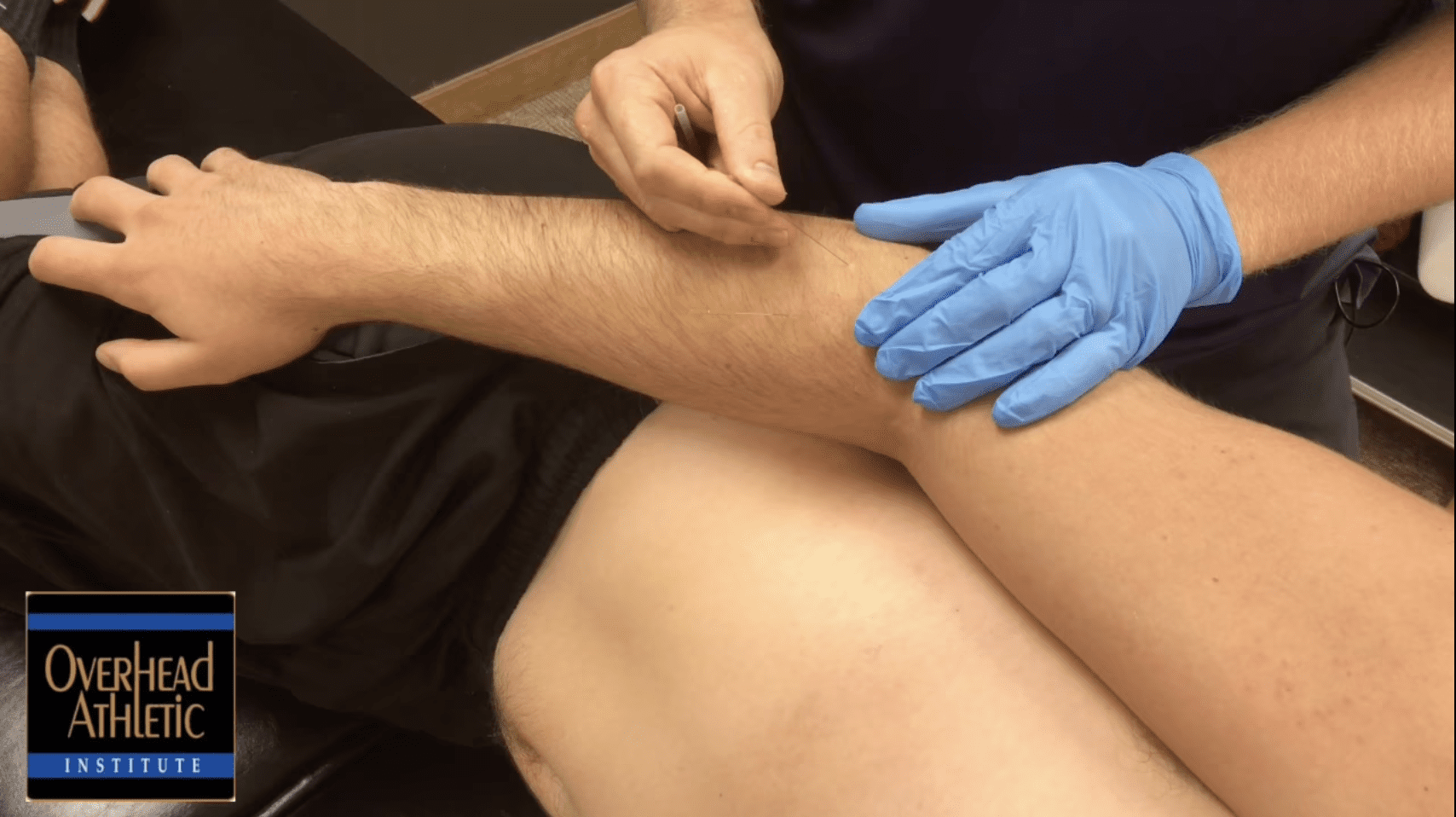
Image Credit: YouTube
There are some people who should avoid this treatment – people who have a chronic illness like heart disease or diabetes, for example – so let your doctor know if you’re on any blood thinning or clotting medication.
Do your research the way you would with any medical procedure, but all signs point to this being a real option for those dealing with any kind of intense but temporary musculoskeletal pain.
If you’ve tried it, please let us know in the comments how it worked out for you!
